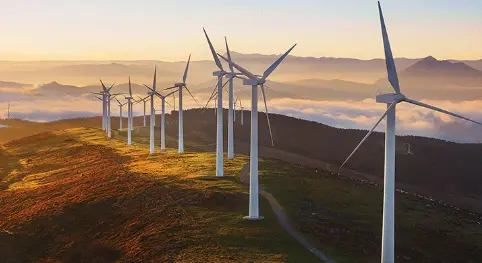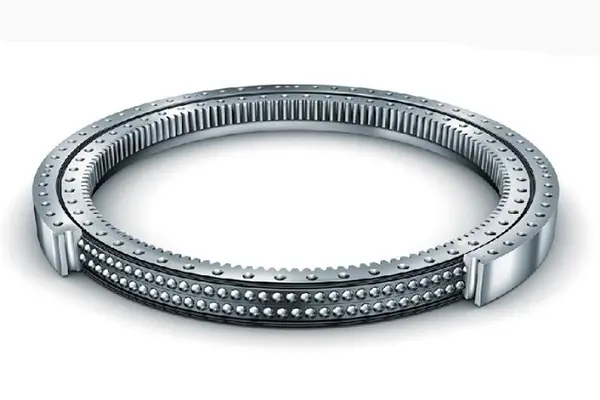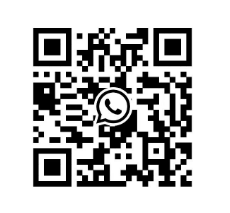
The role of ball slewing ring in wind turbines
2024-06-11
The Silent Giants: How Ball Slewing Rings Keep Wind Turbines Turning
Have you ever gazed upon a wind turbine, its colossal blades gracefully slicing through the sky? These modern marvels of engineering harness the power of wind to generate clean electricity. But beneath the sleek exterior lies a hidden network of components working tirelessly behind the scenes. One such unsung hero is the ball slewing ring, a critical element that ensures the turbine captures wind with optimal efficiency.
Imagine a giant bearing, capable of supporting immense weight and allowing smooth, controlled rotation in two axes. That’s essentially the role of a ball slewing ring in a wind turbine. They come in two key configurations:
Yaw System: Picture the base of the wind turbine, where the nacelle (housing the gearbox and generator) sits atop the tower. The yaw slewing ring is located here, enabling the nacelle to rotate horizontally. This allows the turbine to constantly face the prevailing wind direction, maximizing energy capture and reducing stress on the blades during high winds.
Pitch System: Now, look towards the hub where the turbine blades are connected. Each blade has its own pitch slewing ring, allowing the blades to tilt at different angles. By adjusting the pitch, the turbine can optimize its performance for varying wind speeds, ensuring efficient power generation across a wide range of conditions.

The Power Within the Ball Slewing Ring
So, what makes these ball slewing rings so special? Here’s a breakdown of the key features that enable them to handle the demanding environment of a wind turbine:
Strength and Durability: Wind turbines operate in a dynamic world, facing everything from gentle breezes to gale-force winds. Ball slewing rings are built to withstand these extreme loads. They’re typically constructed from high-strength steel alloys and incorporate multiple rows of precisely machined balls, ensuring smooth, low-friction rotation while supporting the immense weight of the turbine blades and nacelle.
Precision Engineering: For a wind turbine to function efficiently, the blades need to rotate smoothly and consistently. Ball slewing rings are meticulously engineered to minimize friction and ensure precise control over both yaw and blade pitch. This allows the turbine to track even subtle changes in wind direction and adjust blade angles accordingly.
Weather Resistance: Wind turbines are often exposed to harsh weather conditions, including rain, snow, and extreme temperatures. Ball slewing rings are designed with corrosion-resistant materials and protective seals to ensure they maintain their performance and longevity throughout their lifespan.

Beyond the Basics: The Different Types of Ball Slewing Rings
Not all ball slewing rings are created equal. Wind turbines utilize two main types:
Double Row Ball Slewing Ring: This workhorse is typically used in the yaw system, where the loads are highest. The double row design distributes the weight across two rows of balls, providing exceptional load capacity and stability for the nacelle’s rotation.
Single Row Ball Slewing Ring: Found in the pitch system for each blade, single row ball slewing rings offer a good balance of load capacity and ease of operation, allowing for precise control over the blade pitch angles.
The Silent Contributor to a Sustainable Future
Ball slewing rings may not be the most glamorous component of a wind turbine, but their role is undeniable. They operate silently in the background, ensuring the smooth, efficient operation of these clean energy giants. As wind power continues to play an increasingly vital role in our transition to a sustainable future, these silent giants will remain a critical element in harnessing the power of the wind.





